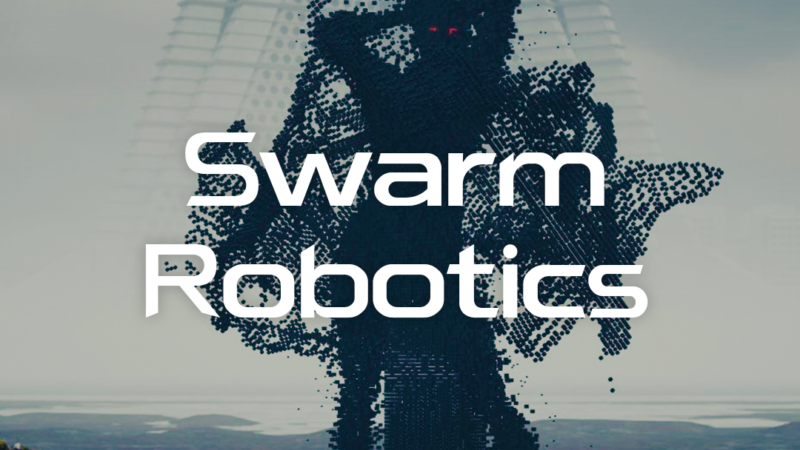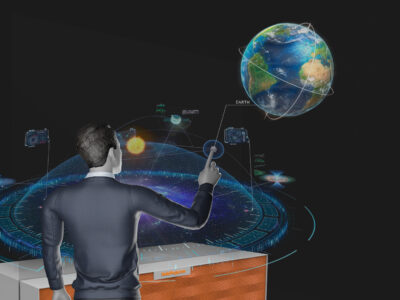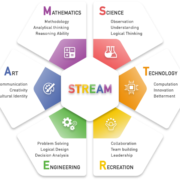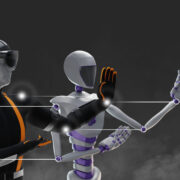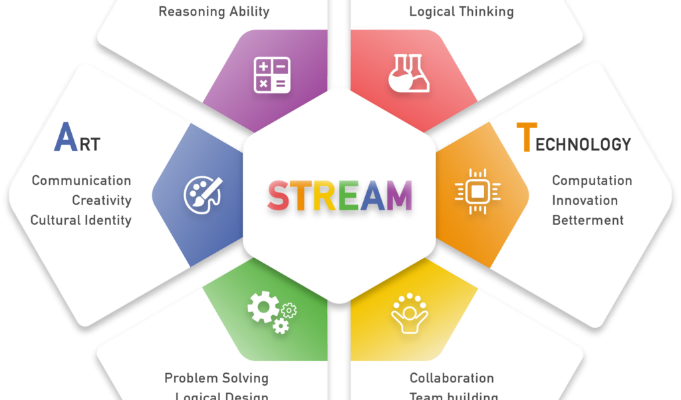
The concept of STREAM—for science, technology, reading, engineering, arts and mathematics—was introduced in the 1990s by the National Science Foundation.
STREAM is not a curriculum that replaces state standards, nor is it a fix to our redundant education system. Rather, STREAM education is an approach to learning that removes the traditional barriers separating the four disciplines and integrates them into real-world, rigorous, relevant learning experiences for students.
Holoworld is focusing its effort to align with STREAM by creating a platform that enables “Learn by experience”. Our aim is to revolutionize the conventional methods of teaching and learning by creating a knowledge-centric solution that can virtualize the entire skills training modules into 3D interactive Virtual Reality (VR) and Augmented Reality (AR) modules.
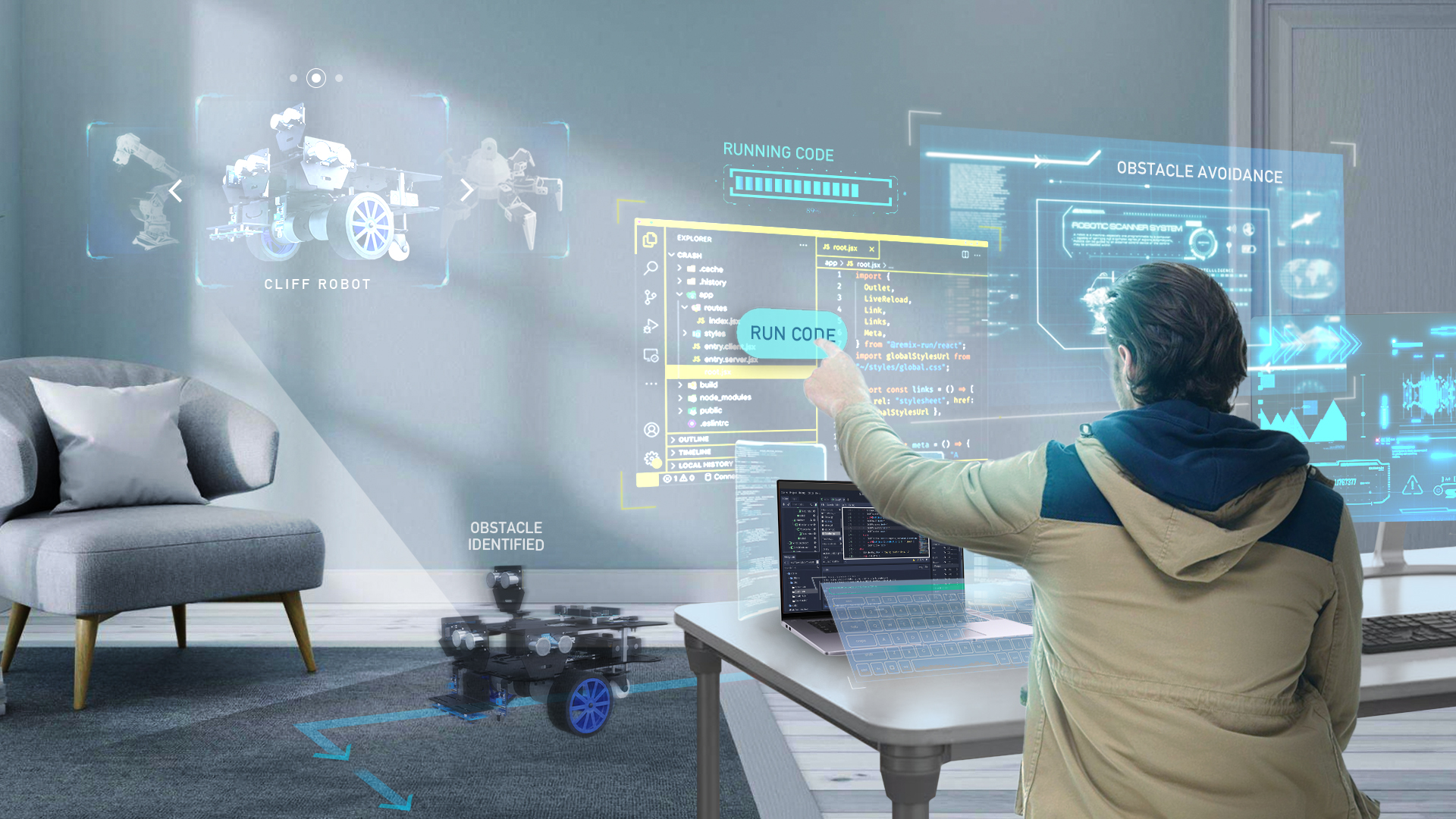
STREAM Gamification
This capability enables both the trainer and trainee to teach and learn iteratively at their own space and pace using their mobile phones or computer. Virtual learning substantially complements traditional training by providing immersive and interactive experience. This solution encompasses interactive display, allowing teachers to teach with holographic display, real-time, empowering the teaching experience.
The students learn to brainstorm and research learning concepts to find appropriate solutions in real situations. The most effective way to incorporate STREAM is to introduce project-based learning (PBL) where students are asked to work practically on projects.
As an extension to STREAM, Technical Vocational Education and Training (TVET) can be implemented for skill enablement which in turn creates opportunities for self-employment. Let’s understand the objectives of STREAM and the new channels of exploring the same.
Gaining insights and information
STREAM promotes students to utilize information & insights on the scientific field, technological domain, engineering, arts and mathematics. The concept allows students to explore a wide range of content and projects connected to holistic improvement.
Best Practices implementation
Students must be able to implement the best practices in all the disciplines of STREAM. The long-term aim is to nurture the end-user by utilizing the best practices.

Best Practices
Knowledge Acquisition & Creativity
The students should acquire knowledge in the six STREAM areas and become resourceful and skilled enough to start innovating.
STREAM – the Holistic Solution
STREAM curriculum allows students to acquire core technical skills which help them in problem-solving, critical thinking, collaboration, and innovation. It is essential to understand the influence and implications of facts beyond the breakthrough research or advances that have taken place.
The social aspect, psychological influence and mainly the humanitarian impact should lead to positive change. So, if only the STREAM curriculum would be stressed, students would not only be acquiring technical skills but also understand their impact on humanitarian well-being.

Holistic learning
Lifelong skills help in connecting to the real world and help in building sustainable relationships. These skills are essential catalysts that help in positively transforming our society as they stem from what is the best in us. The acquisition of lifelong skills is useful in helping us to learn, work and live better.



